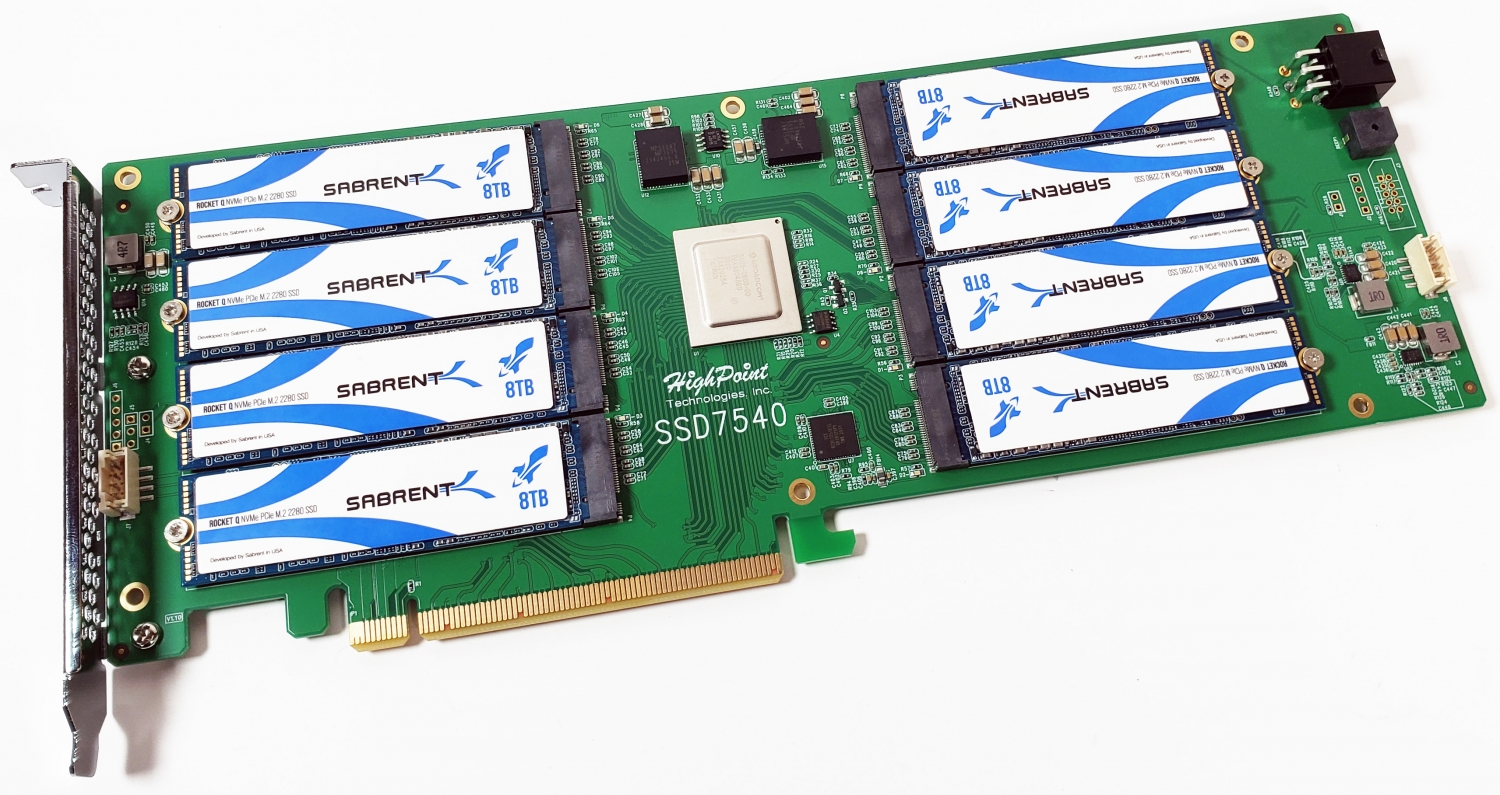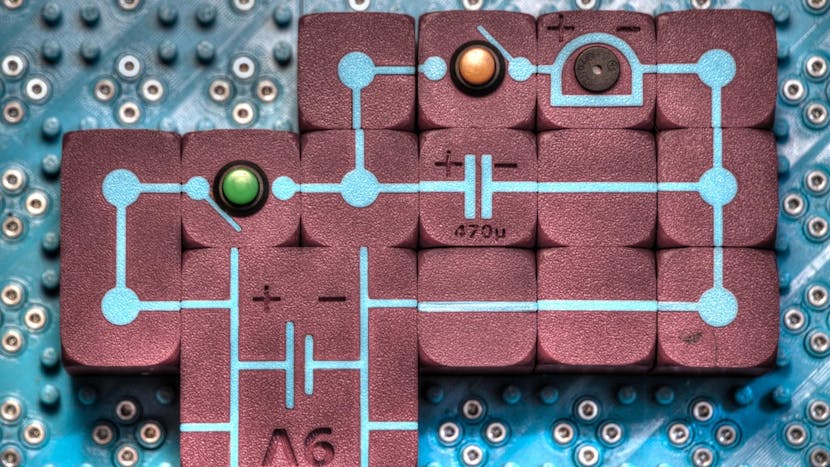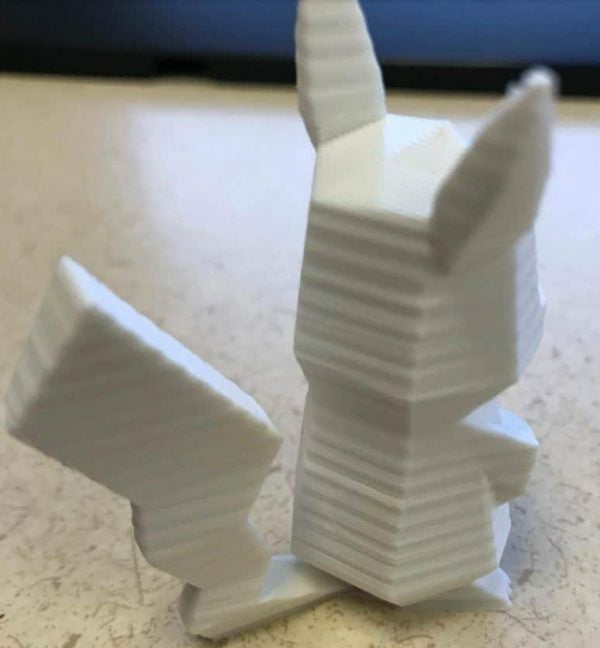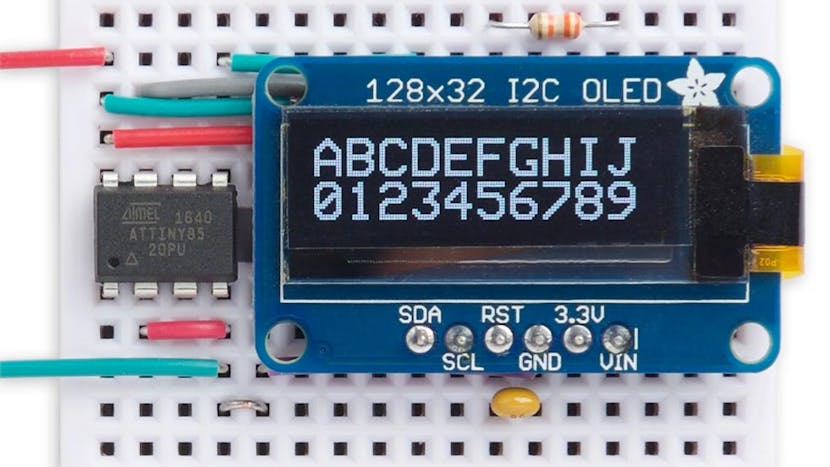Sabrent goes for gold in the first days of 2021 with a tease of its RocketQ Battleship SSD which has 8 x 8TB SSDs for 64TB.

Sabrent goes for gold in the first days of 2021 with a tease of its RocketQ Battleship SSD which has 8 x 8TB SSDs for 64TB.

When ‘victorqedu’ was a child, he had an electronic puzzle game that enabled him to make various circuits from electronic components, such as lights, buzzer sounds, and even a radio. This fascinated him, and as “a programmer with a lot of hobbies,” it certainly had some influence on his life. He wasn’t able to find this game for sale today, so decided to build his own 3D-printed version, with component blocks that plug in to complete various circuits.

In this video, we will learn about the interfacing of Soil NPK Sensor with Arduino. The soil nutrient content can be easily measured using NPK Soil Sensor & Arduino. Measurement of soil content N (nitrogen), P (phosphorus), and K (potassium) is necessary to determine how much additional nutrient content is to be added to soil to increase crop fertility.
The soil fertility is detected using NPK sensors. A major component of soil fertilizer is nitrogen, phosphorus, and potassium. The knowledge of the soil nutrient concentration can help us to learn about nutritional deficiency or abundance in soils used to endorse plant production. Apart from measuring Soil NPK, you can also measure Soil Moisture Content using Soil Moisture Sensor, which is explained in my one the previous video.
Most 3D printer users have experienced Z banding or ribbing issues at some point in their 3D printing journey, same with me. I wondered though, how do we fix this Z banding issue, and are there simple fixes out there?

This isn’t a hacking tutorial but we will take a look at the anatomy of a DOS and DDOS attack to get an idea of how a small IOT device like an Arduino with an Ethernet Shield can be used to cause a server to do massive amounts of work.
This project uses a touch sensor, two push-button, Arduino board(ATmega 328), LCD, and a relay with DC motor
No matter how much brilliant work the folks at NASA and JPL put into their planetary exploration robots (and it’s a lot of brilliant work), eventually, inevitably, they break down. It’s rare that these breakdowns are especially complicated, but since the robots aren’t designed for repair, there isn’t much that can be done. And even if (say) the Mars rovers did have the ability to swap their own wheels when they got worn out, where are you going to get new robot wheels on Mars, anyway?

We finally have some good competition in the handheld PC gaming market. The AYA NEO is a Ryzen 5 gaming handheld that is launching later this month on Indigogo. In this video, we take a look at a prototype version of the device and do an extensive 5w test of the processor.
Graphic displays are great at showing rudimentary numbers and letters in block form at a small 6 x 8 resolution, but kicking those fonts up to a larger size, such as 12 x 16, makes the characters look blocky or distorted. The problem here is the larger magnification also increases the empty areas within the character block; thus, the numerals look jaggy. Electronics enthusiast David Johnson-Davies has come up with a technique to fix that issue and seemingly smooth over those characters, making them readable at a distance.

The smoothing works by checking whether one of the following two situations A or B occur anywhere in the double-resolution character. (?: Technoblogy)
In his recent Technoblogy post, Johnson-Davies took a closer look at the problem, analyzed the smoothing problem, and found that the character block’s angled areas were responsible for the distortion, while the horizontal and vertical scaling of the font remained smooth. His fix entails looking at the checkered patterns at what’s being drawn, then adding a single pixel to fill in the blanks, making them appear smooth when upscaled. Johnson-Davies packaged his approach into a simple function that works in an Arduino environment, although it can easily be tailored to work no matter what language users prefer.

Scientists have invented the first ever living robots. The robotic devices are made from the embryonic skin and heart cells of frogs. They’re known as Xenobots, getting their name from the African clawed frog, Xenopus laevis, whose stem cells are used to make the robots. This species of frogs is found in the streams and ponds of sub-Saharan Africa, where they search for food. The frogs are renowned for their claws that they use to tear the food they find.
